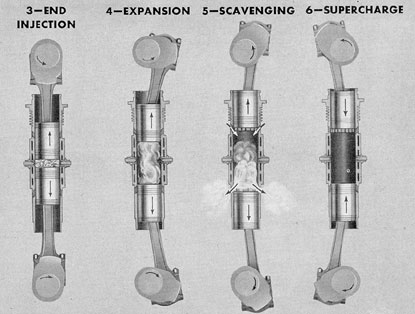Exactly. This route of multiple engines have been taken up by many companies for different applications. For some it works. Like in the refrigerated trucking industry where the truck has to run the main engine while parked to maintain freezer and a/c. Cat has a small engine now that does the refrig role. Latest proven engine tech does allow lower fuel consumption with one engine at different load cases. With 2 engines you need 2 fuel sys, cooling, nightmare of integration etc.Prasad wrote:Why use multiple engines when you can do cylinder deactivation? Easier no?
Honestly I feel DRDO is taking absolute baby steps in this field. My experience with Ricardo has been pathetic in the large engine field (1000-4500hp range). They have poor knowledge in lube oil sys, valve train dynamics, turbo matching etc. very minimal knowledge in system integration. They 'may be' good in auto engines field. But definitely not for large engines. AVL is a thermo-dynamics based design company. So they have good modeling of engines. They have some of the best engine 1d modeling tools in the industry. Even engineers who use Ricardo as consultant use AVL exite on the side to develop valve train and crank train. My experience says FEV is the best of the lot in large engine consultancy. But I also heard they refused to work with DRDO on this project.
In India we have very little experience in developing a large engine from 'ground up'. The DRDO spec for Arjun engine is a rather challenging one on top of that. With good consultancy we can develop one in 4-5 yrs. but you are looking at lot of foreign suppliers. Else if it is one of those develop the capability exercise then think Kaveri. Easy 10-15 yrs.
